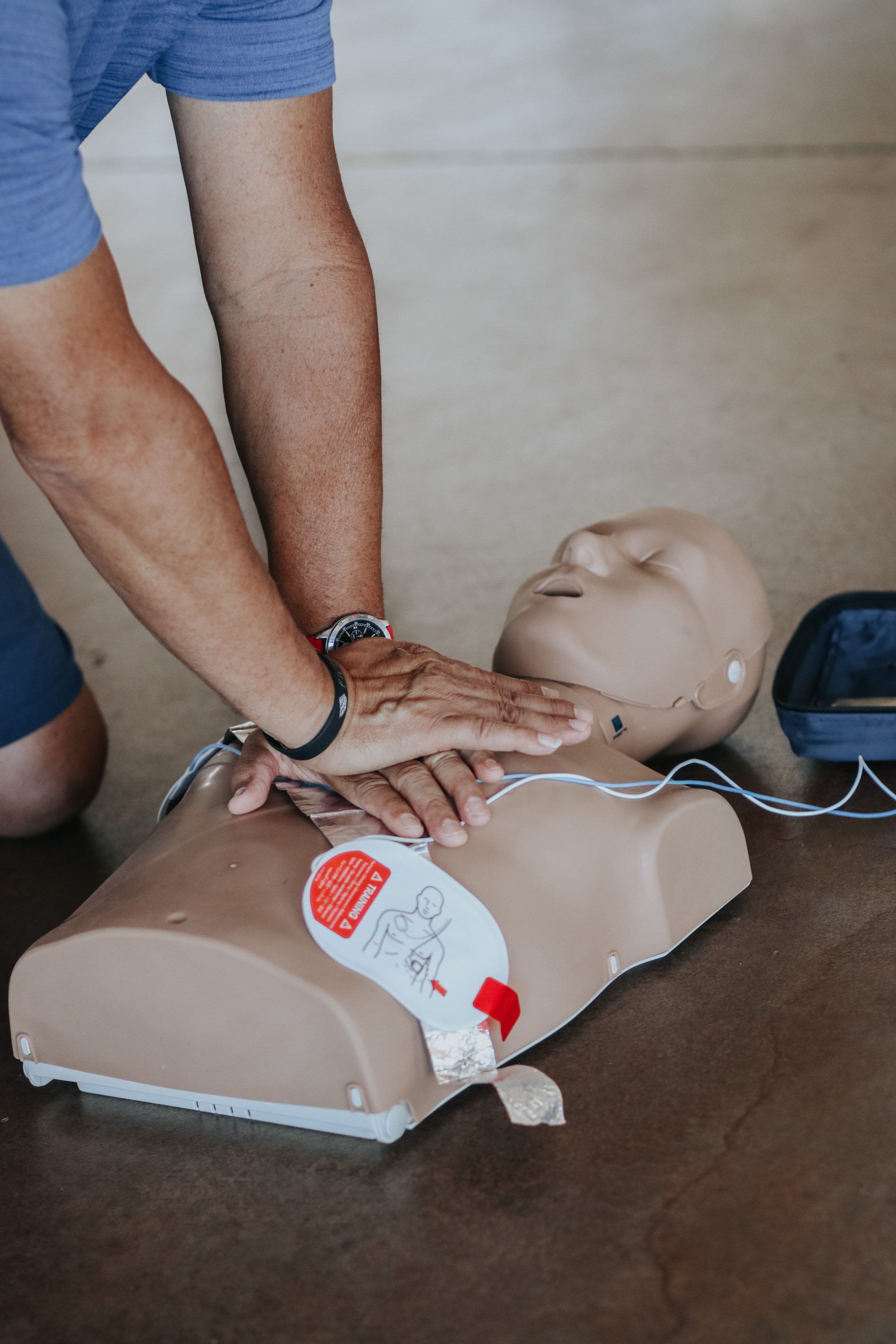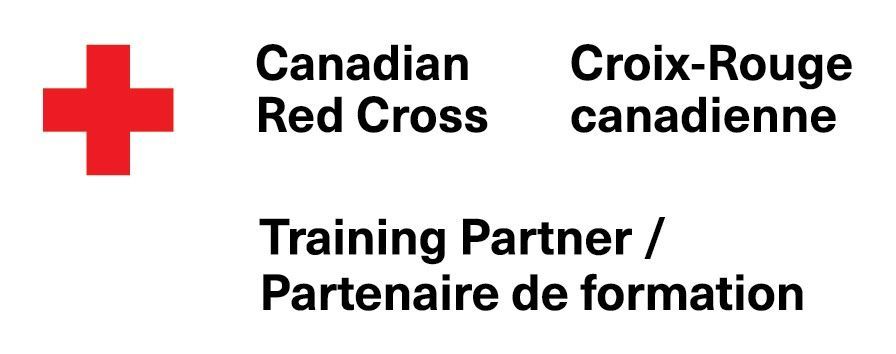Empowering the Workforce: Mitigating Occupational Stress Injuries through Self-Care Programs and Safer Work Cultures
In the fast-paced world of today, the workplace is often a hub of activity, innovation, and collaboration. However, the demands and pressures associated with modern work can take a toll on employees, leading to occupational stress injuries that impact both mental and physical well-being. Recognizing the significance of this issue, organizations are increasingly turning to proactive measures to reduce the effects of occupational stress injuries. One promising approach involves the implementation of self-care programs for all employees, coupled with the establishment of safer and more supportive workplace cultures.
Understanding Occupational Stress Injuries:
Occupational stress injuries are not limited to physical accidents; they encompass a broad range of mental and emotional challenges that can arise from the demands of the workplace. From burnout and anxiety to depression and chronic fatigue, these injuries can significantly affect an individual's performance, job satisfaction, and overall quality of life. In the long run, unchecked stress injuries may contribute to higher turnover rates, increased absenteeism, and a decline in productivity.
The Role of Self-Care Programs:
Self-care programs are a crucial component of a comprehensive strategy to address occupational stress injuries. By providing employees with tools and resources to prioritize their well-being, organizations can create a more resilient and healthier workforce. These programs can include workshops, training sessions, and resources that focus on stress management, mindfulness, nutrition, exercise, and work-life balance.
Stress Management Workshops:
Offering stress management workshops equips employees with practical techniques to identify and cope with stressors effectively. Techniques such as time management, prioritization, and mindfulness can empower individuals to navigate challenging situations with resilience.
Mindfulness and Meditation Sessions:
Introducing mindfulness and meditation practices can significantly reduce stress levels. These sessions can be conducted during work hours, allowing employees to take short breaks to center themselves, leading to increased focus and productivity.
Nutrition and Wellness Programs:
A well-nourished body is better equipped to handle stress. Providing information on healthy eating habits and offering wellness programs can contribute to overall employee health, reducing the risk of stress-related illnesses.
Physical Activity Initiatives:
Regular exercise has been proven to be an effective stress reliever. Organizations can encourage physical activity by providing gym facilities, organizing group workouts, or even promoting walking meetings to break the monotony of sedentary work.
Safer Work Cultures:
In addition to self-care programs, instituting safer work cultures is essential for preventing and mitigating occupational stress injuries. A positive and supportive work environment fosters collaboration, open communication, and a sense of belonging, which are crucial elements for employee well-being.
Open Communication Channels:
Establishing open communication channels encourages employees to voice their concerns and challenges without fear of reprisal. Regular check-ins and feedback sessions can provide valuable insights into the work environment and help identify potential stressors.
Flexible Work Arrangements:
Recognizing the diverse needs of employees, offering flexible work arrangements, such as remote work options or flexible schedules, can contribute to better work-life balance and reduce the pressure associated with rigid work structures.
Training on Workload Management:
Providing training on workload management ensures that employees are equipped to handle their responsibilities effectively. Setting realistic expectations and acknowledging individual capacities can prevent burnout and overwhelm.
Promoting a Culture of Appreciation:
Acknowledging and appreciating the efforts of employees fosters a positive workplace culture. Recognition programs, employee appreciation events, and team-building activities contribute to a sense of value and belonging, reducing stress and boosting morale.
Occupational stress injuries are a pervasive issue that requires a multifaceted approach for mitigation. By integrating self-care programs and fostering safer work cultures, organizations can prioritize the well-being of their employees, leading to a more engaged, satisfied, and productive workforce. As we navigate the complexities of the modern workplace, the investment in employee health and happiness is not only ethical but also a strategic imperative for long-term success.







